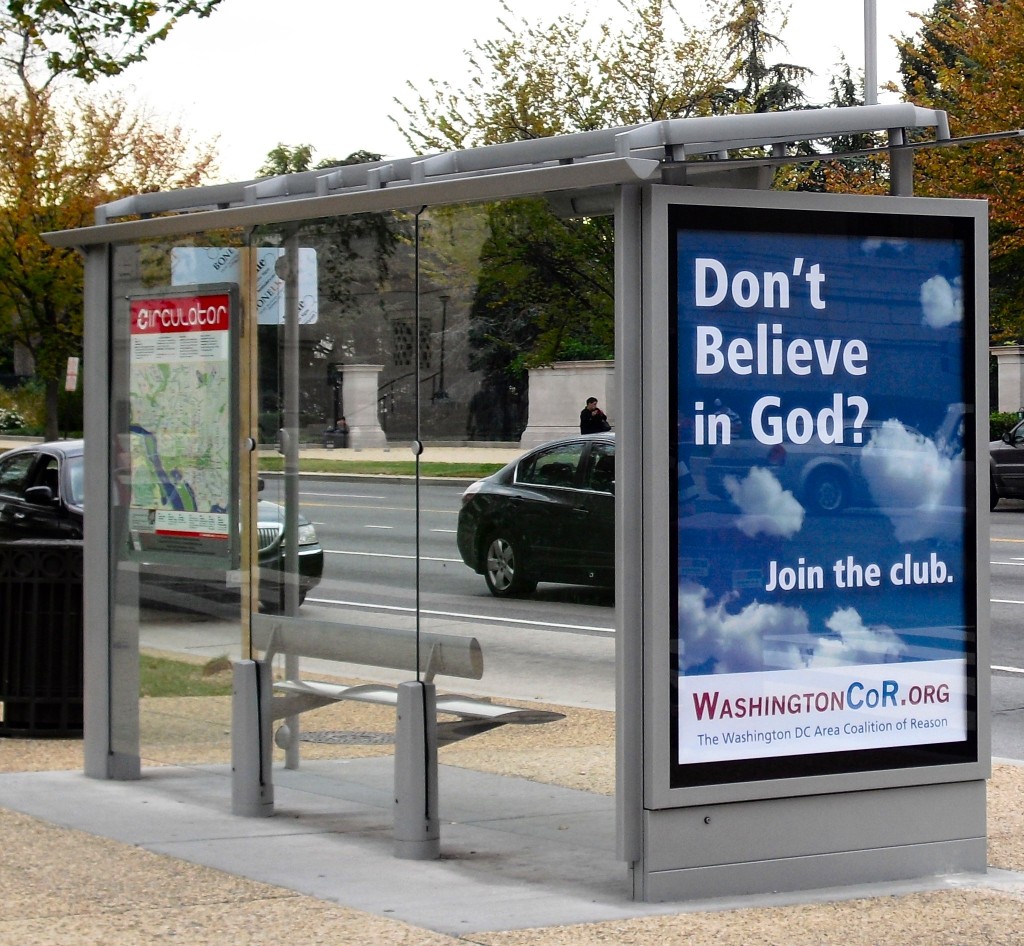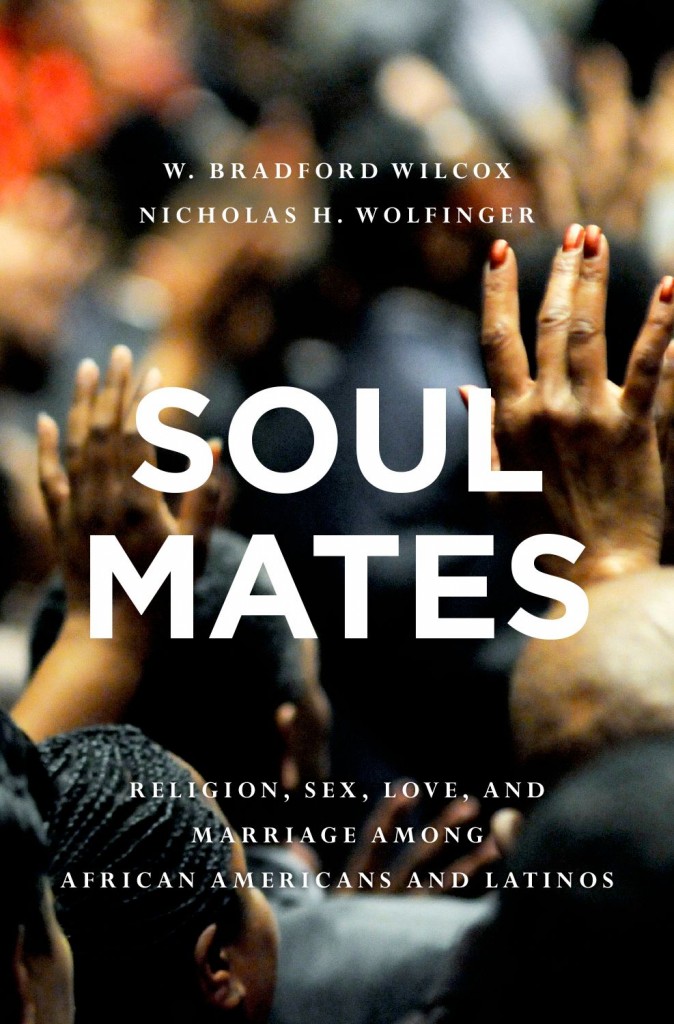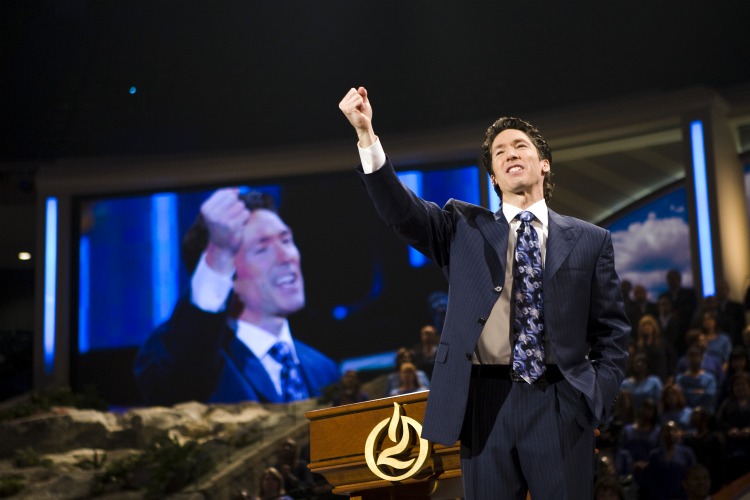
We’re pleased to announce that the archives for the issues of RW from June 1997 to January 2016 are now online. Readers can go to the archives of this site to find a link to the earlier RW Archives or click on http://www.rwarchives.com/. Although the site is independent from the ISR-Religion Watch site, it features a state of the art search engine and a PDF converter for back issues. We thank RW associate editor Jean-Francois Mayer for his work in transferring the new site, as well as Debra Mason and Religion Newswriters Association for developing and designing it in the first place.

Just as denominations and religious professionals draw on the research of sociologists of religion, the secular humanist magazine Free Inquiry (April–May) turns to scholars from the emerging field of “non-religion” or secular studies for advice on how to reach out to the secular non-affiliated and “sustain the growth of unbelief.” A longtime dilemma of organized secular groups has been the difficulty in mobilizing more than a small minority of atheists and secular humanists to involvement and activism in the cause. Sociologist Ryan Cragun writes that organized secularism will have to choose either to create a vital counterculture by competing with religions or going mainstream and encouraging a more secular society through actively promoting modernization and pluralism (according to the classic secularization theory). Jesse Max Smith looked more to the growth of the Sunday Assemblies, church-like services celebrating secularism, in creating a viable secular movement. The Sunday Assemblies’ “inclusive, expressive nontheism focuses on celebrating normative cultural values and finding common ground,” as opposed to the antireligious and polemical approach of the new atheism.
This stance is more relevant in a society based on pluralism, competition, and voluntary association, helping “unbelief shed its stigma and become a normalized part of pluralist America,” Smith adds. Barry Kosmin argues that secular organizations should reflect the growing numbers of non-affiliated (though he notes that only about 5 percent self-identify as atheist or agnostic)-—more Asian, male, ex-Catholic, and Western. He adds that secular groups should be modeled more on affinity organizations (such as AARP) rather than congregations. They should be more tolerant to appeal to Millennials, yet Kosmin adds, “We need to ensure that secularism is linked in the public imagination with the benefits of urban modernity, while religion is relegated to an association with poverty, superstition, and the prejudices of the rural past.” The scholars of non-religion in this issue are open about their secularist sympathies. As sociologist Phil Zuckerman writes, “Religious faith—with its evidence-less claims, damaging superstition, childish morality, contributions to tribalism and nationalism, patriarchy and homophobia, and divine justifications for injustice—thwarts human progress. The widespread weakening and waning of religion is, therefore, welcome news.” For more information on this issue, write: Free Inquiry, http://www.secularhumanism.org/index.php/articles/category/freeinquiry.

The new book Soul Mates (Oxford University Press, $27.95), by W. Bradford Wilcox and Nicholas Wolfinger, looks at how religion interacts with married life for America’s poor minority groups, often in positive directions. Based on ethnographic and survey research, the book finds that church-going is associated with a significant increase in the odds of marriage (between 30 and 60 percent) and a smaller increase in the odds that both partners report being very happy. But the authors see complications as well as benefits. On marital stability, religion has no impact at all for blacks and Latinos, nor did religious attendance reduce the chances for divorce among these groups (though it does among whites). The lack of religious effect on out-of-wedlock births may be due to the fact that preachers and congregations with large numbers of single mothers and out-of-wedlock couples are not eager to preach about life-long marriage.
Wilcox and Wolfinger write that strong friendship networks and shared prayer may explain these religious effects. They rule out that these benefits are due to “selection effects” (already stable couples and families seeking to reinforce their already existing orientation and commitments), finding the impact of religion largely causal. The authors conclude that both “religious civic” and secular initiatives are needed strengthen family life, including efforts to close the gender gap in congregations.

Salvation With A Smile (NYU Press, $35), by Phillip Luke Sinitiere, is more than a biography of televangelist and megachurch pastor Joel Osteen. The book is as much about Osteen’s Lakewood Church as it is about its charismatic pastor, examining the way both have effectively worked their way into the evangelical mainstream, though not without controversy and division. Sinitiere makes it clear that Osteen’s ministry is unique in American religious history—the succession from John Osteen to his son was virtually seamless, with the second generation outshining the founder. As might be expected, the book focuses on Osteen’s prosperity gospel and how it extended the traditional Pentecostal emphasis on healing to include fitness, health, and psychological well-being and positive thinking.
But Osteen’s rehabilitation of televangelism may be his greatest innovation, as he harnessed social media, marketing, traditional television, and such new platforms as SiriusXM Radio into what one scholar calls a “digital convergence.” At the same time, Osteen has encouraged a “charismatic core” at Lakewood that allows a diversity of leaders, including women and minorities, to share the ministry. Sinitiere argues that the peak of Osteen’s influence came at a time of transition from a Republican to a Democratic president, when he was able to navigate between the Christian Right and religious left without politicizing his message. Even evangelical and specifically “New Calvinist” critics have not been able to make much of a dent in Osteen’s popularity, as he has developed a “piety of resistance” that aligns his convictions with the teachings of Jesus in a way that disarms his critics.
Through the use of unique experiments, the new book Why Muslim Integration Fails in Christian-Heritage Societies (Harvard University Press, $45), by Claire Adida, David D. Laitin, and Marie-Anne Valfort, pursues questions about the interactions between Muslims and non-Muslims that lead to the conflicts over immigration that mark most Western societies. The political scientists argue that “Islamaphobia” marks European life and affects the social and economic prospects of immigrants but then test how and why these attitudes are formed through a series of game-based experiments. The subjects were Senegalese immigrants, who match in most aspects of their lives except for their Muslim and Christian backgrounds, and a sample of people of French background who played experimental games that tested the trust they felt for other players. The authors find that both Muslims and the host society (in this case France) play a part in discrimination and the lack of Muslim integration. The host society holds a cultural “distaste” toward Muslims, especially their overt religiosity that upsets secular sensibilities, which was seen in one experiment where the French subjects favored Christian resumes over Muslim ones.
In response to these negative attitudes, Muslims have increasingly separated themselves from society and have adopted strategies that prevent greater integration—a pattern that continues even into the third generation. The authors analyze data sets from other European countries and the U.S. and find a similar pattern of Muslim disadvantage and lower rates of integration to the host society. Adida, Laitin, and Valfort also compare multicultural societies to ones stressing assimilation and find that in the latter, Muslims are less likely to suffer discrimination and to respond with greater separation from society. The authors conclude by returning to their French case study, calling for the toning down of both “non-rational” components, host society discrimination—such as in allowing for greater religious expression in the workplace—and Muslim separatism—through discouraging the use of Islamic first names and encouraging French-trained Muslim leaders.